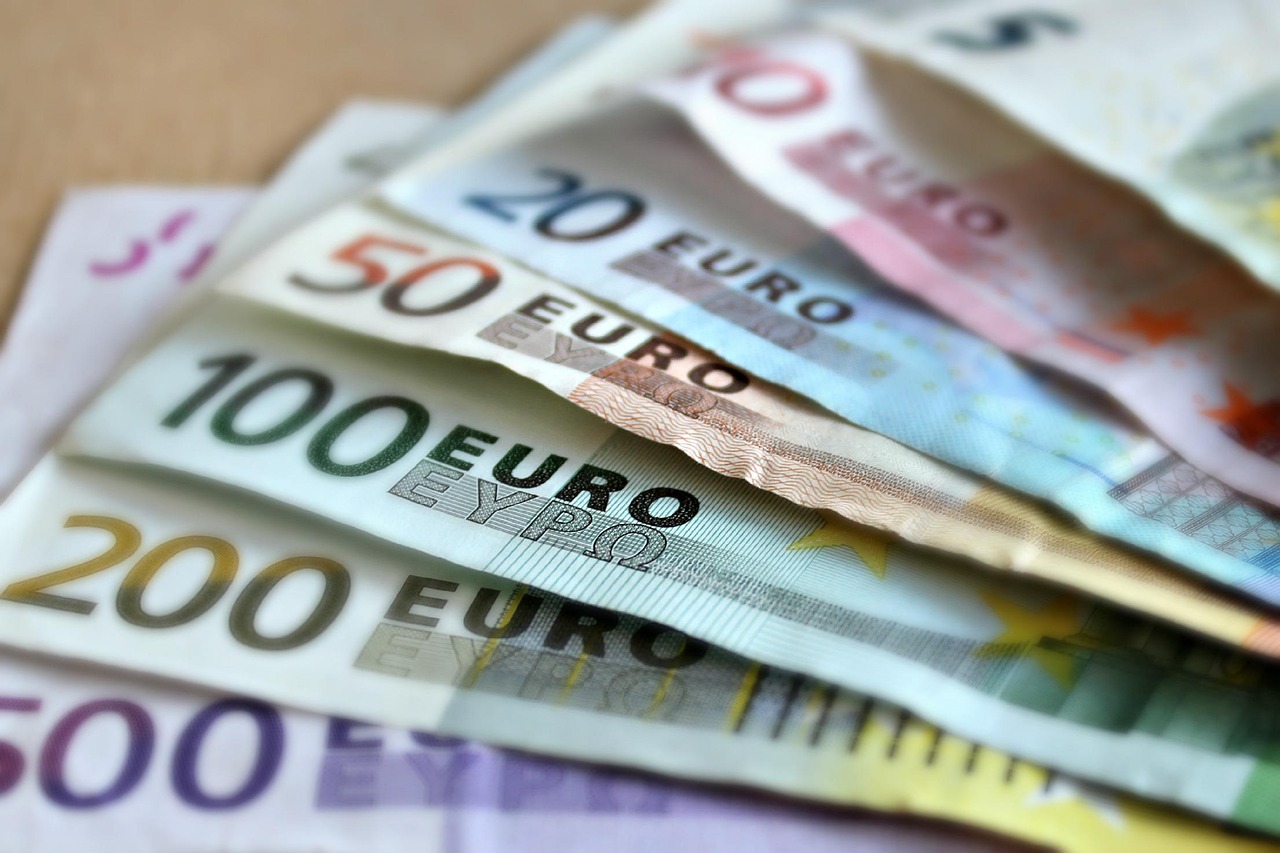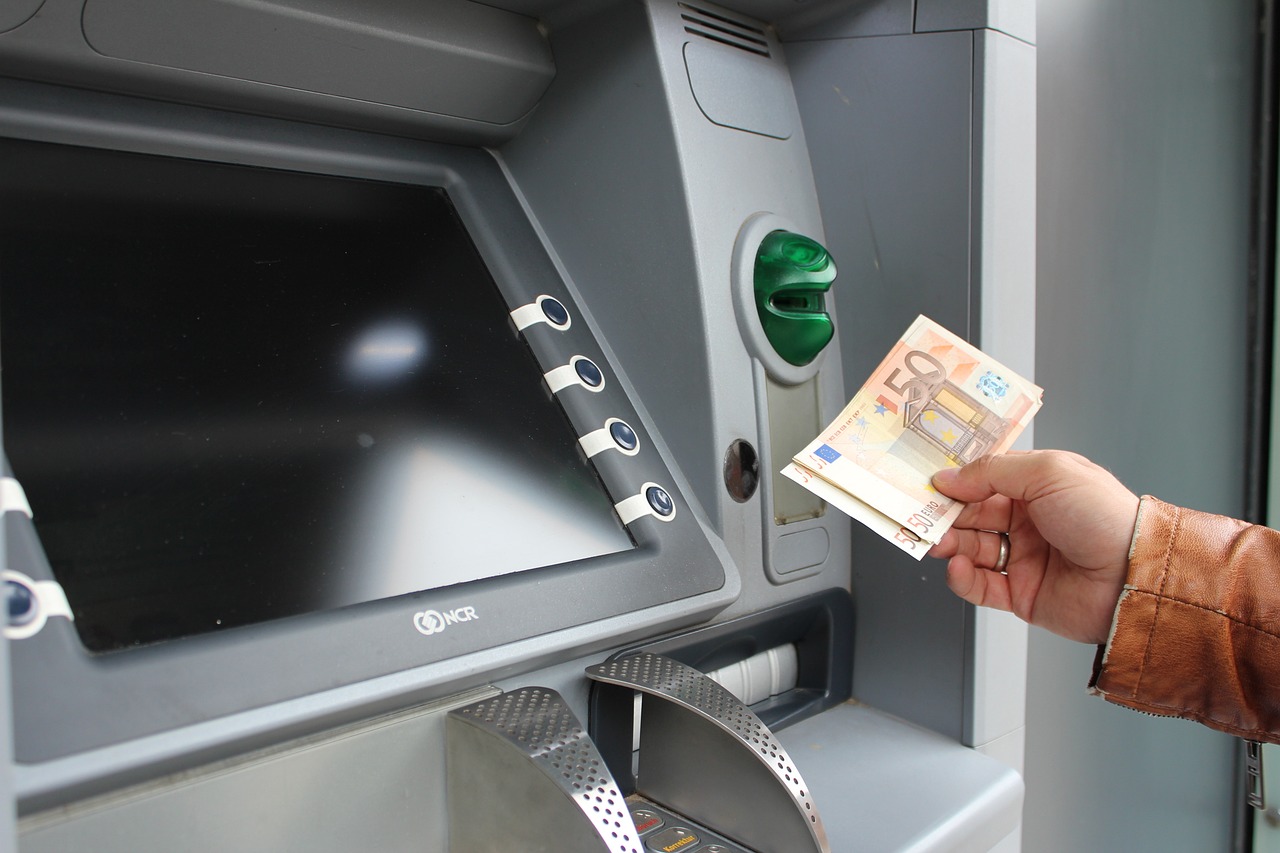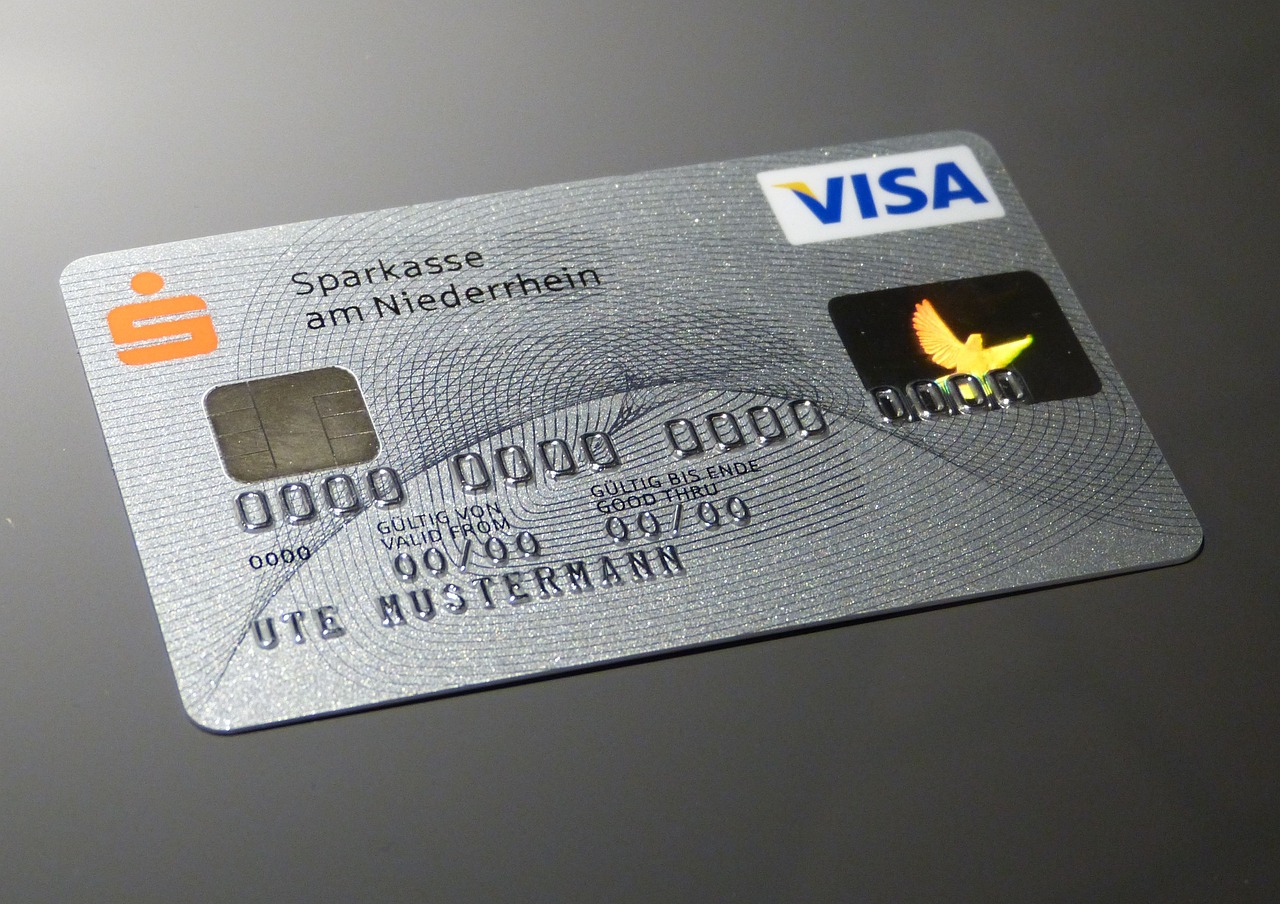Introduction
Spain, with its rich history, diverse culture, and picturesque landscapes, has long been a top destination for travelers worldwide. As the country seamlessly blends the old with the new, its financial system is no exception. For tourists, understanding the basics of Spain’s monetary landscape is crucial to ensure a smooth and enjoyable trip.
The Spanish financial system is robust and modern, with a vast network of banks, ATMs, and electronic payment facilities. Yet, it’s deeply rooted in traditions that date back centuries. Whether you’re shopping in the bustling streets of Madrid, dining in a quaint Sevillian tapas bar, or buying souvenirs in a Valencian market, the way you pay and the currency you use are part of Spain’s rich economic tapestry.
The Euro (€) is Spain’s official currency, adopted in 2002, replacing the Spanish Peseta. It’s not just a medium of exchange but a symbol of Spain’s integration into the broader European community. For tourists, this means the convenience of using a widely accepted currency, especially if traveling to multiple countries within the Eurozone.
Banks in Spain are plentiful, with many international branches ensuring tourists can access services familiar to them. Moreover, ATMs are strategically located, from busy city centers to remote villages, ensuring cash is always within reach. However, as with any foreign country, it’s essential to be aware of transaction fees and the best places to exchange currency.
In the age of digital transactions, Spain has kept pace. Credit and debit card payments are widely accepted, and mobile payment platforms are gaining traction, especially in urban areas.
While the allure of Spain lies in its art, architecture, and gastronomy, the ease and convenience of its financial system play a silent, yet crucial role in enhancing the tourist experience. As you plan your Spanish adventure, a basic understanding of its currency, banks, and ATMs will ensure you spend less time worrying about money and more time immersing yourself in the Spanish experience.

The Euro: Spain’s official currency
When one thinks of Spain, images of flamenco dancers, sun-kissed beaches, and historic landmarks might come to mind. Yet, beneath this vibrant culture lies a modern financial system anchored by the Euro, Spain’s official currency.
History of the Euro in Spain
Spain’s journey with the Euro began in earnest in 1999 when it became one of the first countries to adopt this new currency for electronic transactions. By 2002, the Euro had fully replaced the Spanish Peseta, a currency that had been in circulation for over a century. This transition was more than just a change of coins and banknotes; it symbolized Spain’s commitment to a united Europe and its belief in the shared economic vision of the European Union. The adoption of the Euro brought about increased economic stability and facilitated trade and tourism with other Eurozone countries. For Spain, a country deeply intertwined with its European neighbors through history, art, and commerce, the Euro was a natural progression in its rich economic narrative.
Denominations: coins and banknotes
The Euro is both practical for daily transactions and a reflection of Europe’s diverse heritage. Coins come in denominations of 1, 2, 5, 10, 20, and 50 cents, as well as 1 and 2 Euro coins. Each Euro coin has a common European design on one side, while the other side features national designs. Spain’s coins, for instance, showcase images of King Felipe VI, the Cervantes, and the Cathedral of Santiago de Compostela, offering a glimpse into the nation’s royal legacy and its rich cultural heritage.
Banknotes, on the other hand, come in denominations of 5, 10, 20, 50, 100, 200, and 500 Euros. Unlike the coins, the designs on the banknotes are uniform across the Eurozone, showcasing Europe’s architectural epochs, from Classical to Modern times.
The Euro in Spain is more than just a medium of exchange. It’s a symbol of unity, a nod to history, and a bridge to the future. As travelers delve into the Spanish experience, the coins and notes they hold in their hands tell stories of a nation and a continent, intertwined by history and hope.
Banks in Spain
Spain’s banking system is a blend of tradition and modernity, serving as the backbone of its vibrant economy. The nation’s banks not only play a pivotal role in the daily lives of its citizens but also cater to the myriad needs of international tourists and businesses.
Major spanish banks and their significance
- Banco Santander (www.bancosantander.es): As one of the largest banks in the world, Banco Santander stands as a testament to Spain’s banking prowess. With its roots in the city of Santander, this bank has expanded its reach globally, yet remains deeply connected to its Spanish heritage.
- BBVA (www.bbva.es): Originally founded as Banco de Bilbao in the Basque Country, BBVA has grown to become a leading financial institution in Spain and Latin America. Its commitment to innovation and digital banking sets it apart.
- CaixaBank (www.caixabank.es): With its origins in Barcelona, CaixaBank has a strong presence in Spain, especially in the Catalonia region. It’s known for its community-driven initiatives and a vast network of branches.
Operating hours and services offered
Spanish banks typically operate from 8:30 AM to 2:00 PM on weekdays. Some branches might open on Saturday mornings, but it’s less common. It’s worth noting that banking hours can vary slightly, especially in tourist-heavy areas where extended hours might be offered.
Services provided by these banks cater to both residents and tourists. From basic savings and checking accounts to forex services, loans, and investment advice, they cover a broad spectrum of financial needs. For tourists, especially, services like currency exchange, travel insurance, and international wire transfers can be invaluable.
Spain’s banks are more than just financial institutions; they’re a reflection of the country’s economic resilience and commitment to serving a diverse clientele. Whether you’re a resident or a traveler, the Spanish banking system ensures your financial needs are met with efficiency and expertise.

Using ATMs in Spain
Spain, with its rich history and vibrant culture, is also a hub of modern conveniences, ensuring that tourists and residents alike have easy access to their finances. One of the most prevalent conveniences is the widespread availability of ATMs (Automated Teller Machines).
How to locate and use ATMs
In Spain, ATMs are commonly referred to as “cajeros automáticos.” They are ubiquitously found in cities, towns, and even in some villages. Most banks have ATMs outside their branches, and you can also find them in shopping centers, airports, and train stations. Many ATMs offer instructions in multiple languages, making it easy for tourists to navigate the options.
Using an ATM in Spain is straightforward. Insert your card, select your preferred language, and follow the on-screen instructions. Ensure you know your 4-digit PIN, as it’s required for all card transactions.
Fees and charges to be aware of
While ATMs are convenient, it’s essential to be aware of potential fees. If you’re using a foreign bank card, the Spanish ATM might charge a service fee. Additionally, your home bank might levy international transaction fees. It’s advisable to check with your bank before traveling to understand these charges better. Some banks have international partnerships that allow fee-free withdrawals, so it’s worth investigating.
Tips for secure transactions
Safety first! Here are some tips to ensure secure transactions:
- Shield your PIN: Always cover the keypad when entering your PIN to prevent any prying eyes or hidden cameras from capturing it.
- Check for skimmers: Before inserting your card, give the card slot a little tug. Scammers sometimes install skimmers to capture card details, and they can be detected this way.
- Use bank-affiliated ATMs: While there are many independent ATMs, especially in tourist areas, using a bank-affiliated ATM often provides an added layer of security.
- Keep transaction receipts: Always take the receipt and check it against your bank statement. This helps in tracking any unauthorized transactions.
While Spain offers a seamless ATM experience, staying vigilant and informed ensures that you can access your money safely and efficiently, letting you focus on enjoying the myriad wonders the country has to offer.

Currency exchange
Spain, a country steeped in history and bursting with vibrant culture, is also a modern hub for tourists. As you prepare to immerse yourself in its beauty, understanding the nuances of its financial system, especially currency exchange, can make your journey smoother.
Best places to exchange money
- Banks: Most Spanish banks offer currency exchange services. They usually provide competitive rates, especially when compared to airport exchange counters. Major banks like Banco Santander, BBVA, and CaixaBank have branches throughout the country.
- Currency exchange bureaus: Located in major tourist areas, these bureaus are convenient, especially if you’re looking to exchange money outside of regular banking hours. However, be cautious, as their rates might not be as favorable as those of banks.
- Airports: While the most convenient, especially right after landing, airport exchange counters often offer less favorable rates. It’s advisable to exchange only a small amount here if necessary and then find better rates in the city.
- Online currency exchange services: Some online platforms allow you to order foreign currency before your trip. They can offer competitive rates and even deliver the money to your home or allow you to pick it up at a local branch or airport.
Tips to get the best rates
- Compare rates: Before exchanging a significant amount, compare rates from a few places. Even small differences in rates can add up.
- Avoid dynamic currency conversion: When using your credit card, some merchants might offer to convert the transaction into your home currency. This service, known as Dynamic Currency Conversion (DCC), often comes with unfavorable exchange rates. Always choose to be billed in Euros to avoid this.
- Check for hidden fees: While an exchange rate might seem favorable, hidden fees can diminish its value. Always ask about service charges or transaction fees.
- Use ATM withdrawals: Often, withdrawing money from an ATM can provide you with a favorable exchange rate. However, be aware of potential foreign transaction fees from your bank.
While Spain offers a plethora of options for currency exchange, being informed and vigilant ensures you get the best value for your money. This way, you can focus on soaking in the Spanish sun, savoring its cuisine, and making the most of your trip.
Cash vs. Card: what’s preferred?
Spain, with its rich history and modern flair, has seen a significant shift in its financial transaction landscape over the past few years. As with many European nations, the balance between cash and card usage has been tilting, but understanding the nuances can enhance your travel experience.
The rise of cashless transactions in Spain
The digital revolution has not spared Spain. With the proliferation of smartphones and the convenience of online banking, cashless transactions have seen a surge. Major cities like Madrid, Barcelona, Valencia, and Seville have embraced this trend with open arms.
- Contactless payments: Many establishments now accept contactless payments, making it quicker and more convenient for both locals and tourists. Whether it’s a tap of a card or a phone, the process is seamless.
- Mobile wallets and apps: Platforms like Apple Pay and Google Wallet are gaining traction. Additionally, local banks have developed their apps, such as CaixaBank Pay, which allow users to pay directly from their mobile devices.
- Tourist-friendly: For tourists, this shift means fewer worries about carrying large amounts of cash. Many touristic services, from hotels to guided tours, now prefer or even require card payments.
Where cash is still king
Despite the rise in digital transactions, cash remains an integral part of the Spanish economy, especially in certain contexts:
- Local markets and small shops: While exploring the local mercados or small boutiques in quaint towns, it’s advisable to have some cash on hand. Many of these places, rich in tradition and local charm, still operate predominantly on cash.
- Tipping: While not as deeply ingrained in the culture as in some other countries, tipping in Spain is usually done in cash. Whether it’s leaving some change at a café or rewarding a tour guide, cash is preferred.
- Rural areas: In the picturesque countryside and smaller villages, the digital wave hasn’t made as strong an impact. Here, cash transactions are more the norm than the exception.
Spain is rapidly moving towards a cashless society, especially in its urban centers, cash retains its charm and utility in many situations. For the discerning traveler, a blend of both – a card for convenience and a stash of cash for those unique local experiences – might be the best approach.
Safety tips
Traveling to Spain offers a delightful blend of ancient traditions and modern conveniences. As you immerse yourself in its vibrant culture and scenic beauty, ensuring the safety of your finances should be a top priority. Here are some essential tips to protect your money and cards while exploring this Mediterranean gem.
Protecting your money and cards while traveling
- Use a money belt or hidden pouch: Instead of a regular wallet, consider using a money belt or a hidden pouch that can be worn under your clothes. This makes it less accessible to pickpockets, especially in crowded areas.
- Limit the cash you carry: While it’s essential to have some cash on hand, especially for smaller establishments, don’t carry more than you need for the day. Leave the rest in a hotel safe or another secure location.
- Be cautious at ATMs: When withdrawing money, choose ATMs in well-lit areas, preferably inside banks. Shield your PIN as you enter it and be wary of any devices that look out of place, as they might be skimmers.
- Use credit cards wisely: If possible, use credit cards that don’t charge foreign transaction fees. Also, inform your bank about your travel dates to avoid any unexpected card blocks.
- Stay alert in crowded places: Tourist spots, public transport, and crowded markets are often hunting grounds for pickpockets. Always be aware of your surroundings and keep your belongings close.
What to do in case of lost/stolen cards
- Immediate action: If you realize your card has been lost or stolen, contact your bank immediately to report it. Most banks have a 24/7 helpline for such emergencies.
- File a police report: Especially if you believe the card was stolen, it’s essential to file a report with the local police. This can also be helpful for insurance claims.
- Backup plan: Always have a backup source of money. This could be a secondary bank card, traveler’s checks, or emergency cash. It’s also wise to have copies of your cards (both front and back) stored securely, so you have all necessary details at hand.
- Monitor your statements: After reporting a lost or stolen card, keep an eye on your bank statements for any unauthorized transactions. If you spot any, report them to your bank immediately.
In conclusion, while Spain is a relatively safe country for travelers, it’s always best to be prepared. By following these safety tips, you can ensure that your Spanish adventure remains memorable for all the right reasons.
Conclusion
Spain, with its rich history, diverse landscapes, and vibrant culture, has long been a magnet for tourists from around the globe. Beyond its undeniable allure, one of the country’s unsung strengths lies in its modern and efficient financial infrastructure, ensuring that every visitor’s experience is as seamless as possible.
Ease of financial transactions: Spain’s integration into the European Union and its adoption of the Euro as its official currency have significantly simplified financial transactions for tourists. Whether you’re sipping on a sangria in Seville, admiring Gaudí’s masterpieces in Barcelona, or exploring the alleys of Madrid, the uniformity of currency ensures that you don’t have to constantly juggle exchange rates or deal with multiple currencies.
Banks and ATMs: The country boasts a dense network of banks and ATMs. Major Spanish banks like Banco Santander, BBVA, and CaixaBank have branches spread across cities and towns, ensuring that accessing your money is never a hassle. These ATMs often come with multi-lingual options, catering to the international crowd.
Cashless transactions: With the rise of digital payments, many establishments, from luxury hotels to quaint cafes, accept credit and debit cards. Mobile payment systems and contactless payments have also gained traction, further simplifying transactions for tech-savvy travelers.
Safety and security: While it’s always prudent to exercise caution, Spain’s financial systems are equipped with robust security measures. Banks employ advanced technologies to safeguard transactions, and the prevalence of secure Wi-Fi networks allows for safe online banking.
In wrapping up, Spain seamlessly marries its ancient traditions with modern conveniences. The ease of financial transactions in the country, underpinned by a strong banking infrastructure and a unified currency system, ensures that tourists can focus on soaking in the experiences, with money matters being the least of their concerns. As you plan your Spanish sojourn, rest assured that, financially speaking, you’re in good hands.





